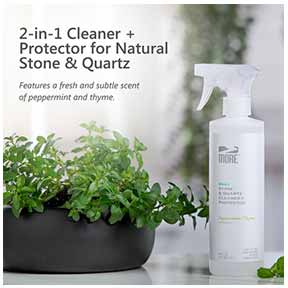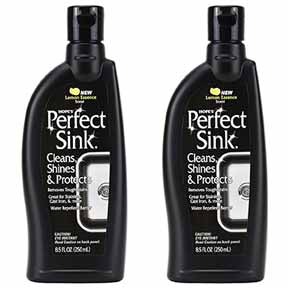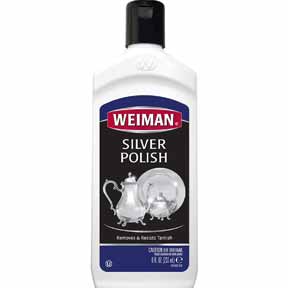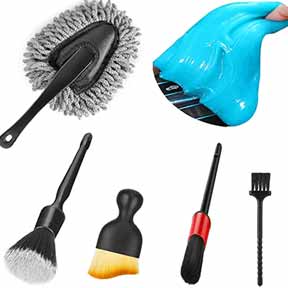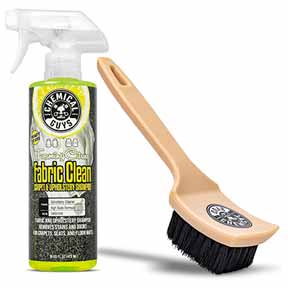How to Clean Brass
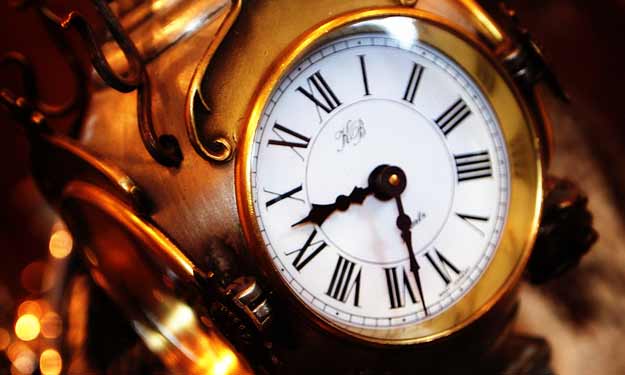
How to Clean Your Brass Items.
How to Clean Brass Without Harmful Chemicals
Growing up, my mother always had decorative brass figurines around the house. I didn’t appreciate them much at the time, mainly because they always looked old and tarnished. Brass is a beautiful metal that looks stunning when it’s clean and polished. It complements any home décor—until it starts looking dingy. If you have some brass pieces that look better with an antique patina, it’s best to leave those as they are. However, for modern pieces that you want to keep clean, there’s a way to do it naturally and safely. Read on for tips on cleaning your brass without using harmful chemicals.Is it Solid Brass or Brass Plated?
Before cleaning brass, it’s important to ensure the item is actually brass. Many items that look and feel like brass might not be solid brass. To check, use a simple household magnet. Attach the magnet to the object:- If it doesn’t stick, it’s brass.
- If it does stick, it’s likely brass-plated steel or iron.
How to Clean and Polish Brass
Before you start cleaning a brass item, make sure you really want to clean it. Tarnish doesn’t always need to be removed; sometimes it adds a desirable patina that enhances the piece.How to Clean Brass with Soap and Water
Sometimes the simplest solutions are the best. Start with ordinary water and dish soap:- Fill a sink with lukewarm water, enough to cover the object.
- Add 1 to 2 teaspoons of gentle dish soap.
- Let your brass item soak for a bit.
- Wash the object with a cloth or use a soft-bristled toothbrush for tight areas.
- Rinse, dry, polish, protect, then buff and shine your brass.
Homemade Brass Polish
With just a few ingredients, you can create a safe, effective brass polish that leaves a nice lemony scent:- Squeeze the juice from half a lemon into a bowl.
- Add table salt to the lemon juice to form a paste.
- Use a clean, soft cloth to apply the paste to your brass object, rubbing with the grain.
- Rinse away the polish and dry immediately with another clean cloth.
- Buff with a soft cloth.
How to Protect Brass
To keep your brass shiny and new, wipe it down with some olive oil using a clean cloth. Don’t use a thick heavy layer as you will only be defeating the purpose of a nice polish.Too much oil will cause smudging of fingerprints. A light layer should do the job nicely.
- Lightly moisten a clean, soft cloth with olive oil then rub on brass piece.
- Use another clean, soft cloth to buff the olive oil into a nice thin even layer of protection.
Related Articles
Homemade Cleaning ProductsCar and Household Cleaners
